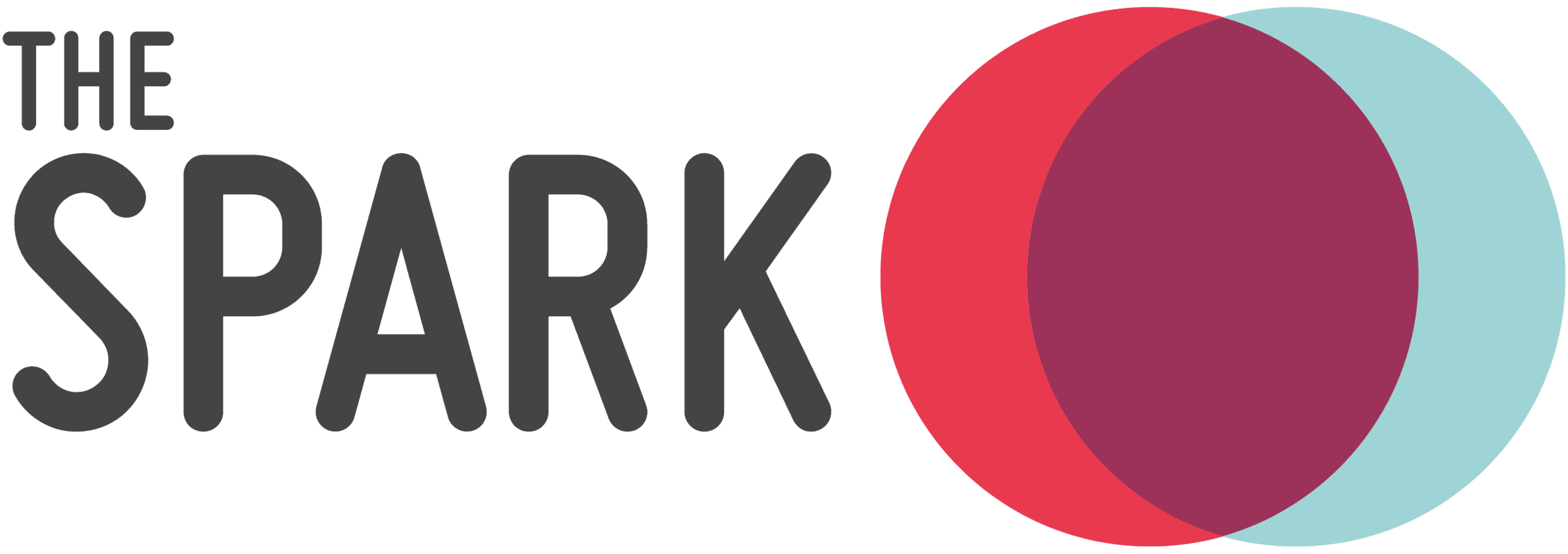Anger gets bad press. It is linked with aggression and violence. Anger can get us into embarrassing scrapes or trouble. We feel very uncomfortable when we get angry and sometimes find it hard to manage. Often people will describe anger as a negative emotion, but perhaps there is another way of looking at anger.
Can anger be positive and useful?
Some modalities of therapy argue that anger is useful and helpful; one of a set of emotions that we feel, emotions that are designed to keep us well-adjusted to life. Just as we talk of our five senses (touch, taste, sight, smell and hearing) we might talk of our emotions as another set of senses.
Theories suggest that anger is positive, or at least neutral and certainly not negative in itself. Just like seeing or tasting are not negative; anger and our other emotions are neither positive nor negative. However, what we do with that information can be positive or negative.

An important part of our emotional make-up
Anger is designed to help us take appropriate action, perhaps in response to a threat to ourselves or to others. This emotion tells us something needs to be said or done, producing the energy and impulse to speak or act. It is an important part of our emotional makeup, helping us cope with the world. This could be called primary (or healthy) anger.
We can get into bad patterns where we are too quick to speak aggressively or even become violent. We could call this secondary anger.
For some of us, we have learned to use it this way in the past and established habits. Habits that may have helped us before in specific situations but that are now unhelpful and get us into trouble.
Learning to recognize the signs we are about to use anger negatively

By recognizing that our anger is essentially neutral but that it can be used well or badly, can help us start to use it more wisely and manage our anger. One tool for this is the ‘traffic light’ system; utilizing the red, yellow and green lights.
People sometimes say: “I’m feeling fine then all of a sudden the red mist descends, and I’ve lost it again”. In the traffic lights analogy, they have gone from green (go) to red (stop) and missed the yellow (get ready to stop) warning. To continue the analogy, they end up unable to stop in time and end up in an emotional, mental or physical ‘car wreck’.
The important lesson is to be ready to see the yellow warning light and take appropriate action. Therefore, we must learn our own internal ‘yellow lights’. How can we tell that we have gone to yellow and that the red mist is coming? What triggers or signs are there that I’m about to use my anger in a negative and destructive way?
Getting help with negative anger
The idea is simple, the task of achieving this kind of self-awareness is much harder. This is where a professional and qualified counsellor can provide the support needed to gradually become more self-aware.
The Spark offers counselling with our professional and fully-accredited therapists to help you better understand previous patterns of anger and how to change them.
To find out more call us on 0300 180 0444 during our opening hours or find out more about counselling for anger managment. You can also get in touch using our online form.

